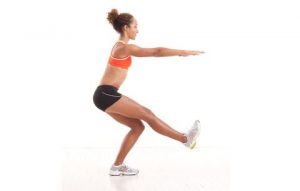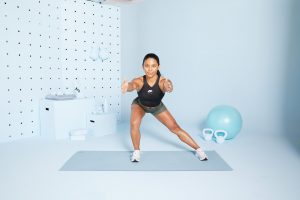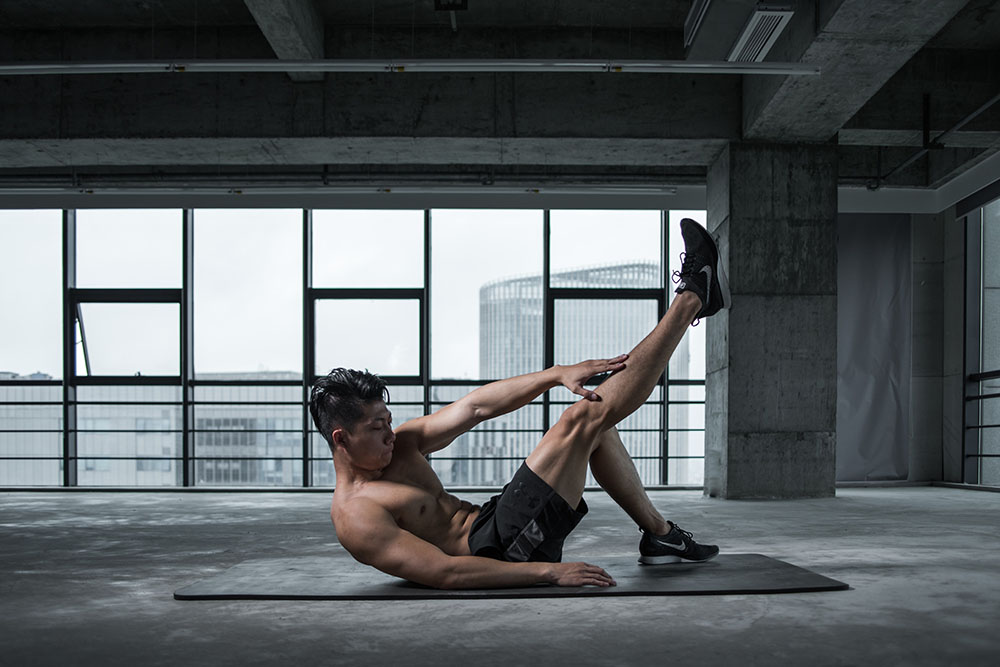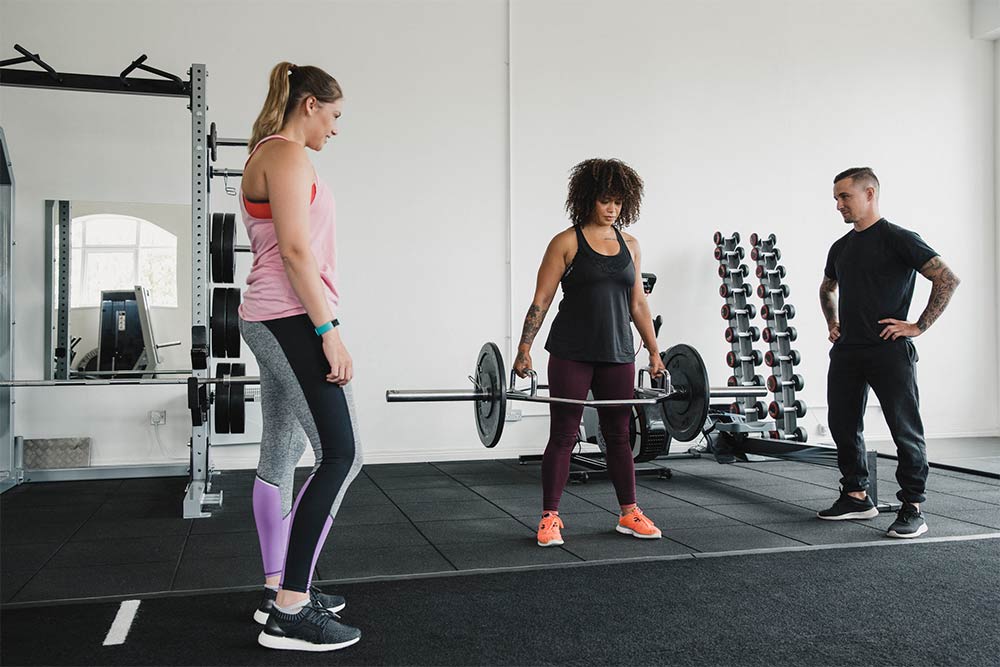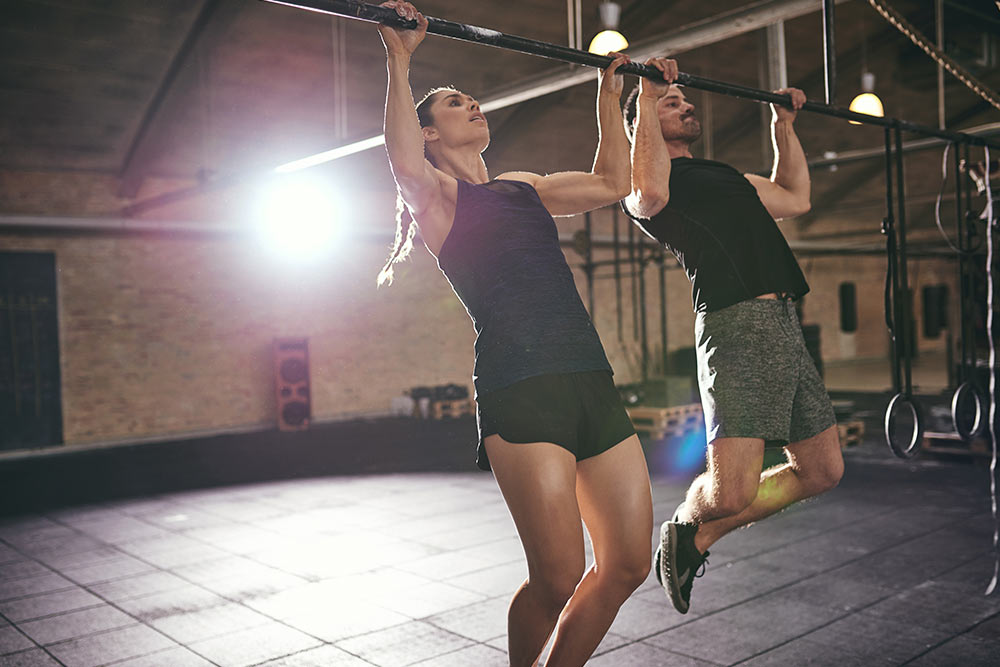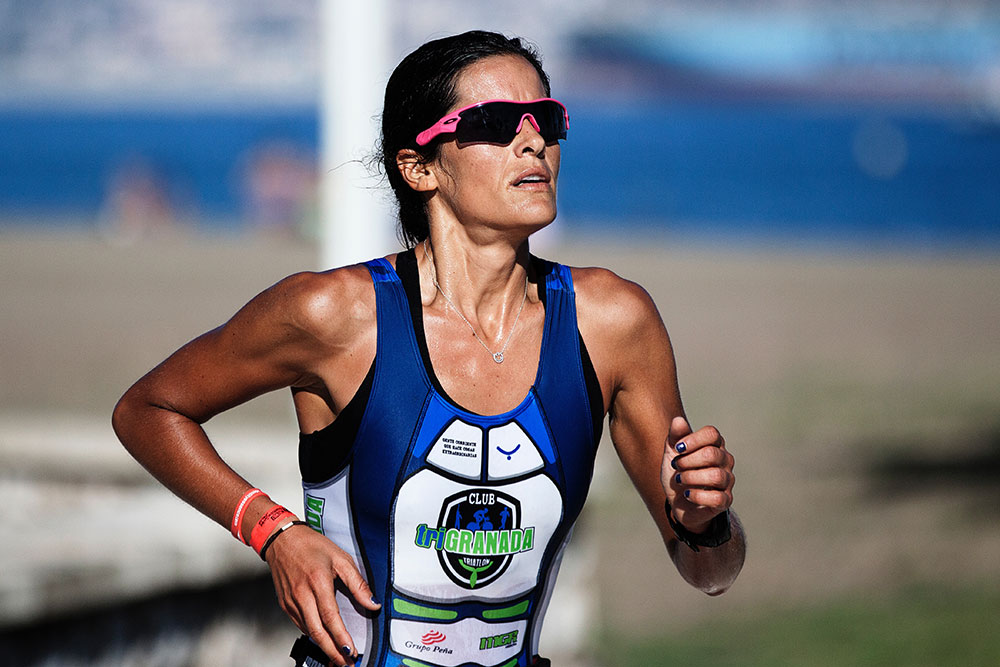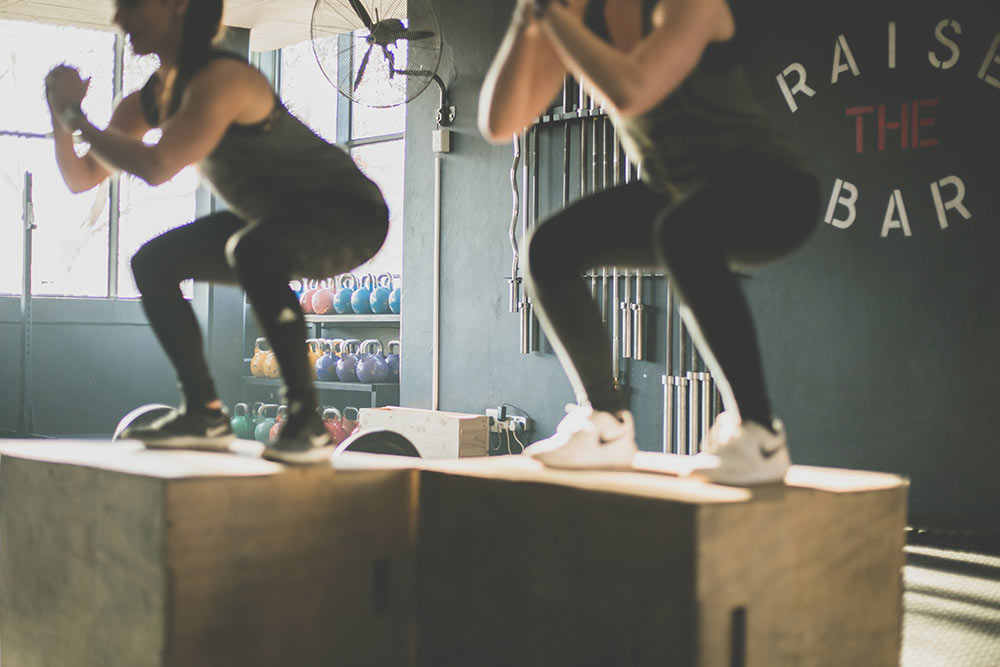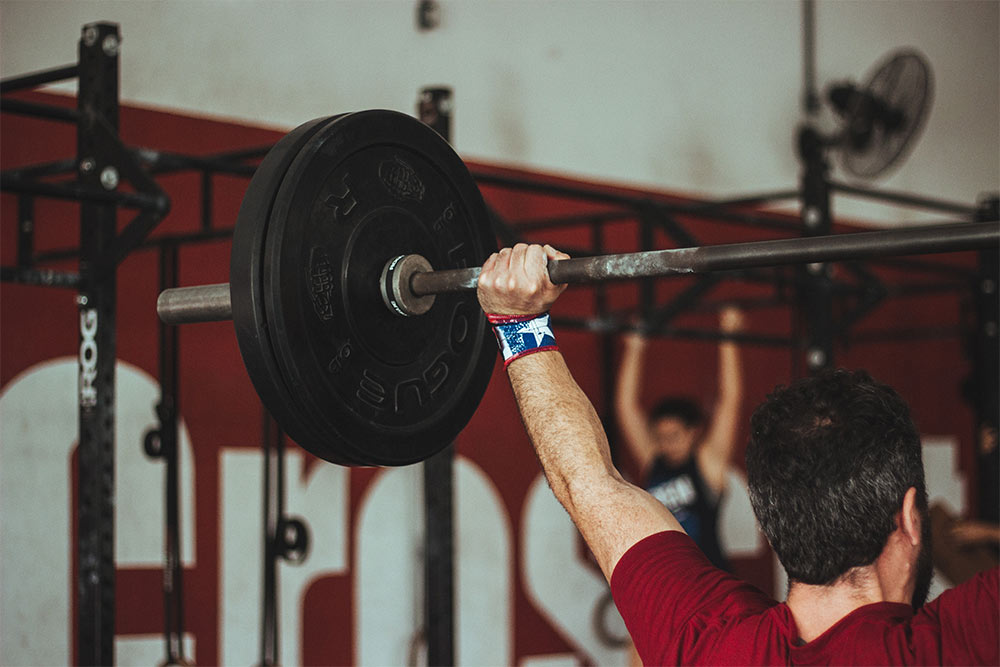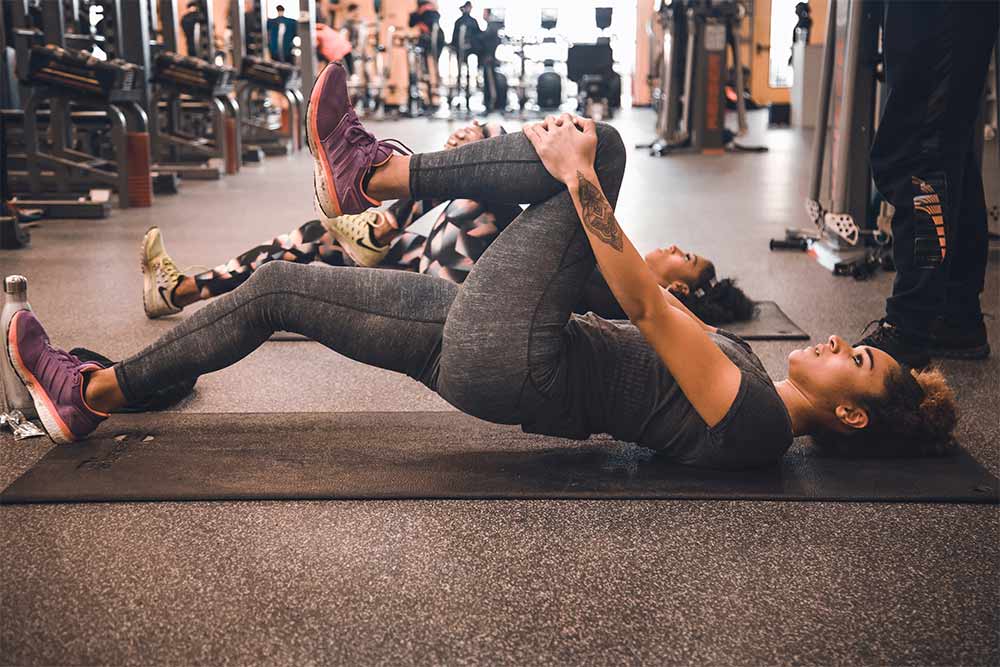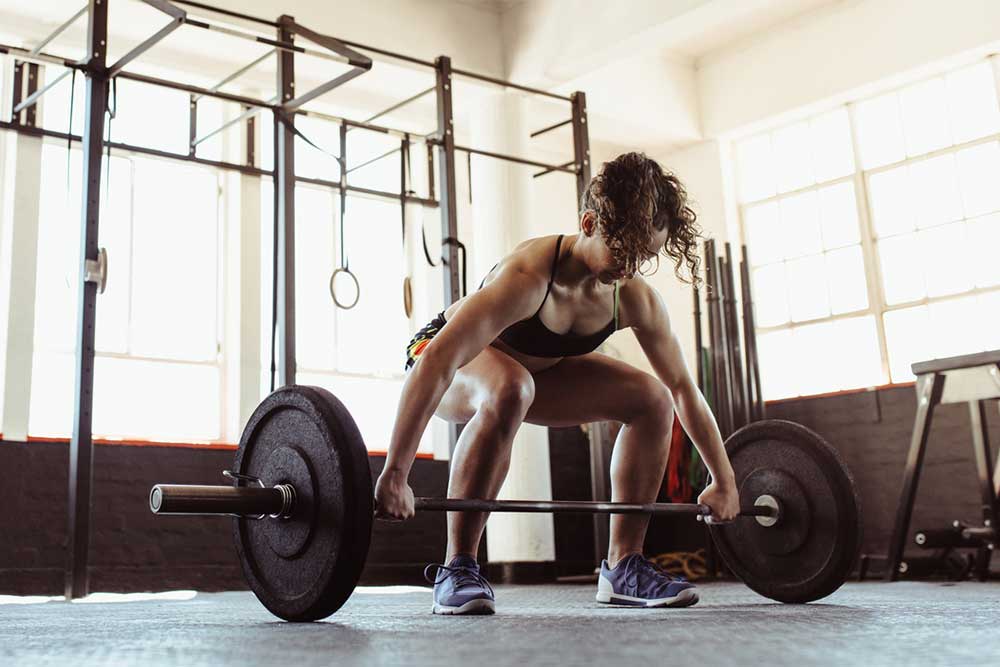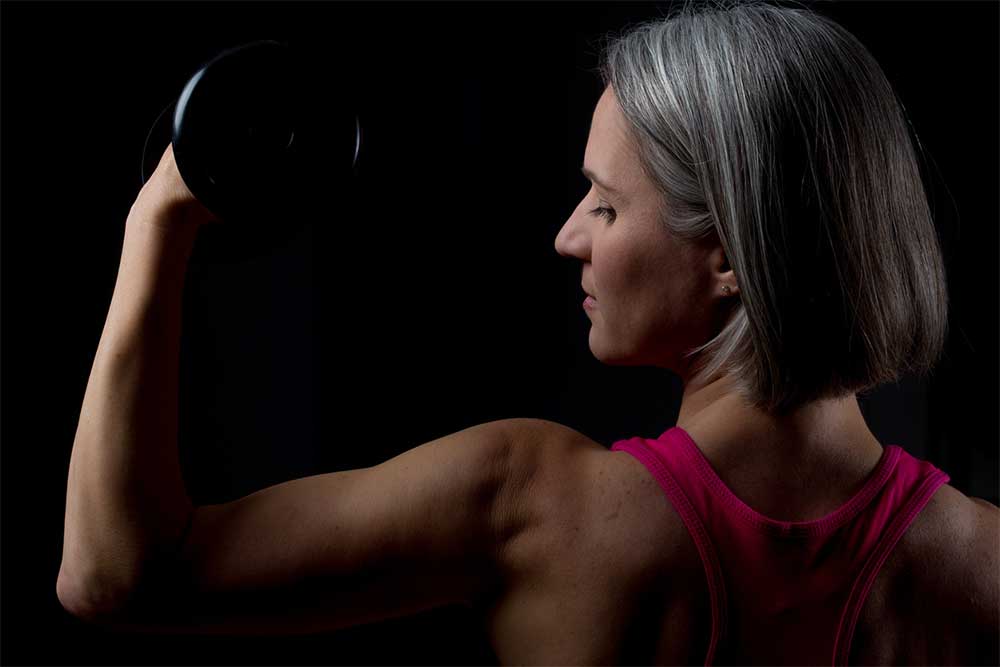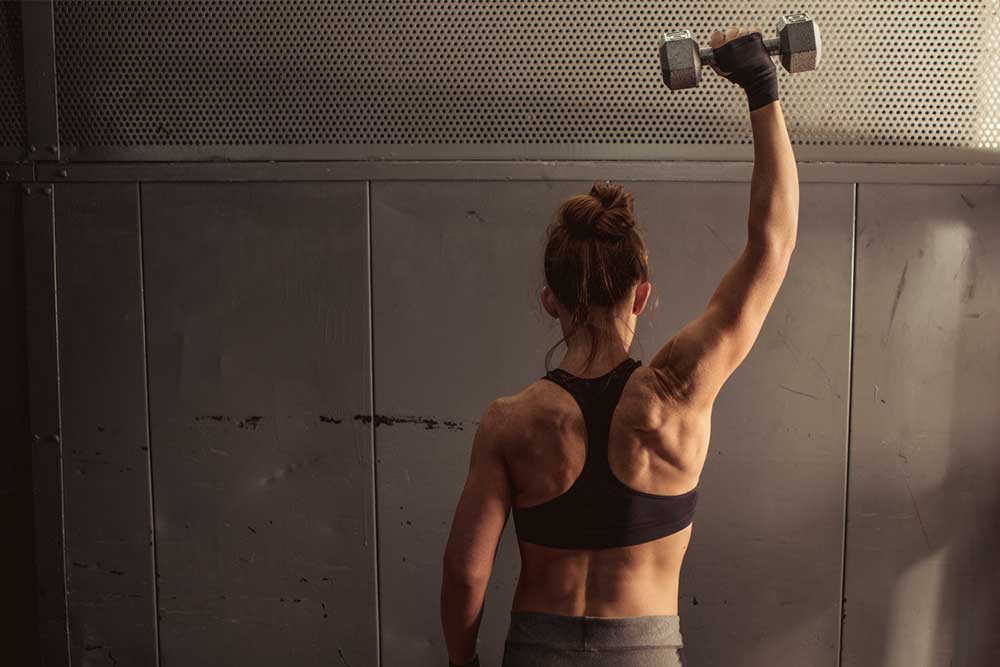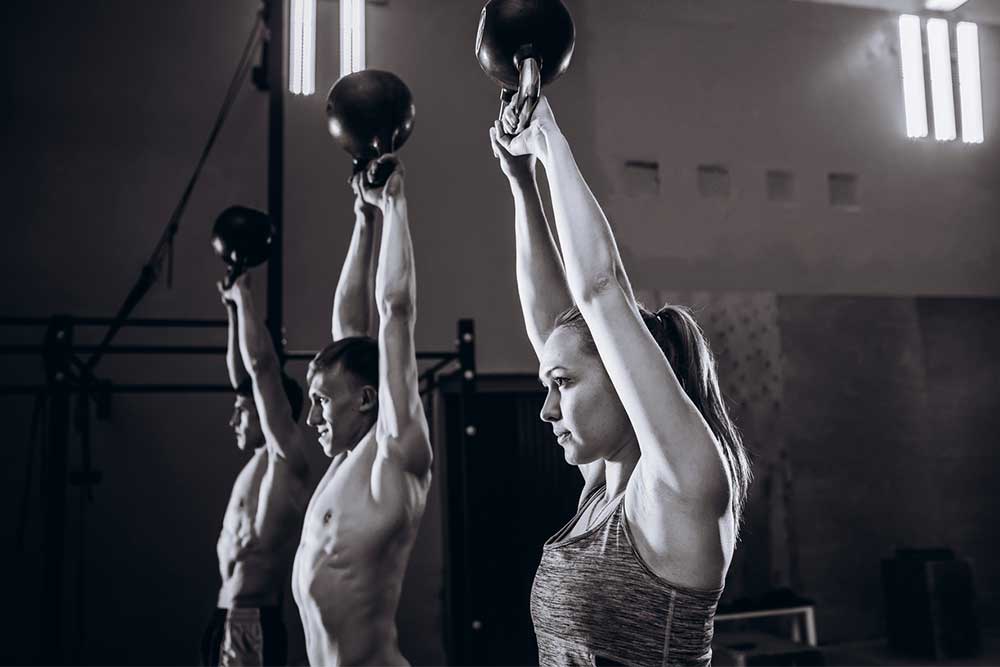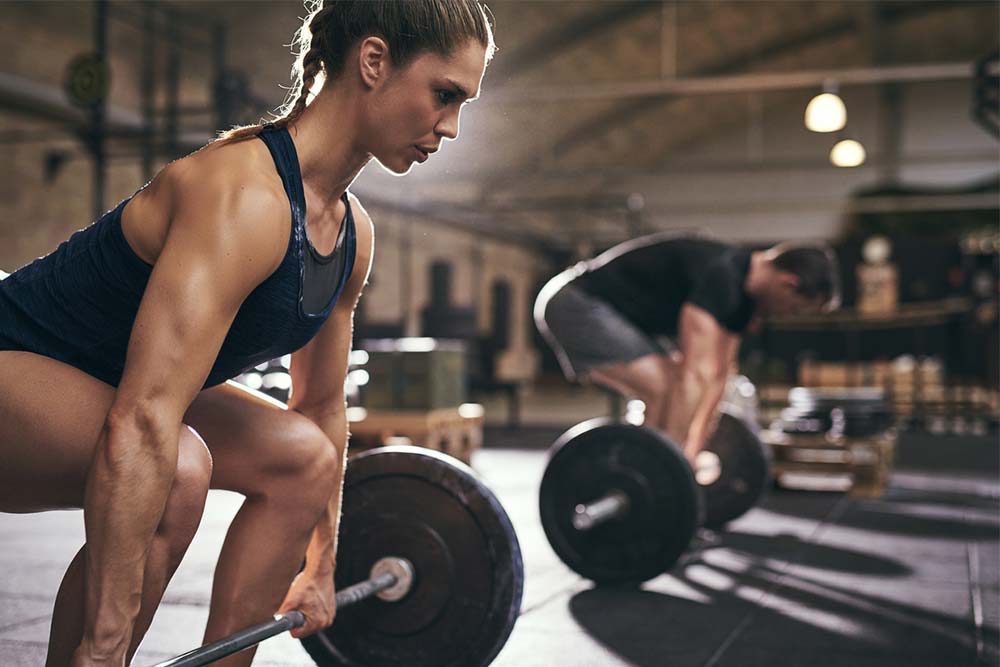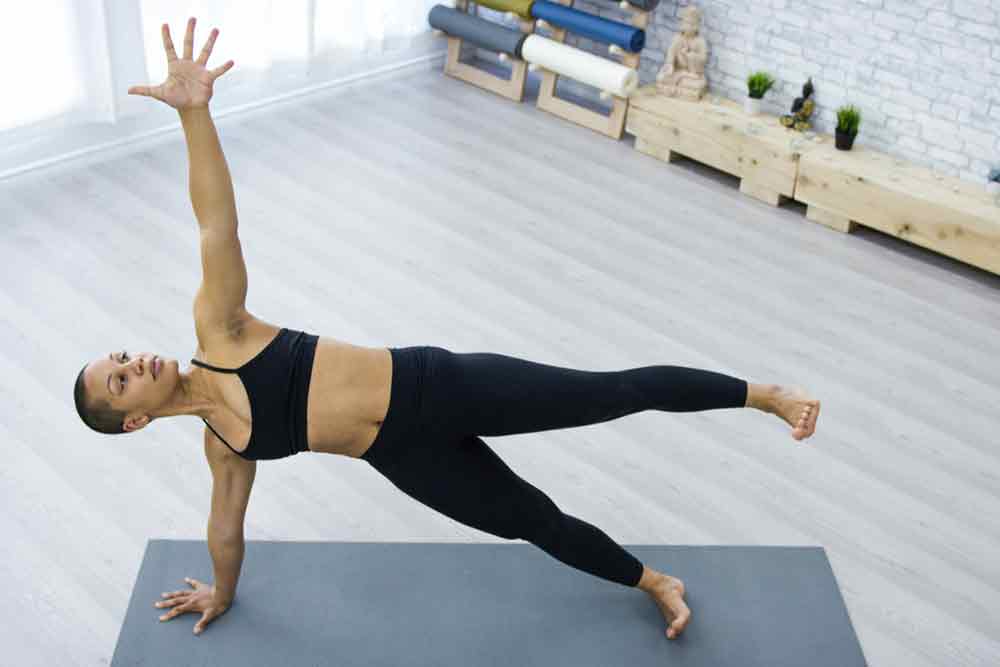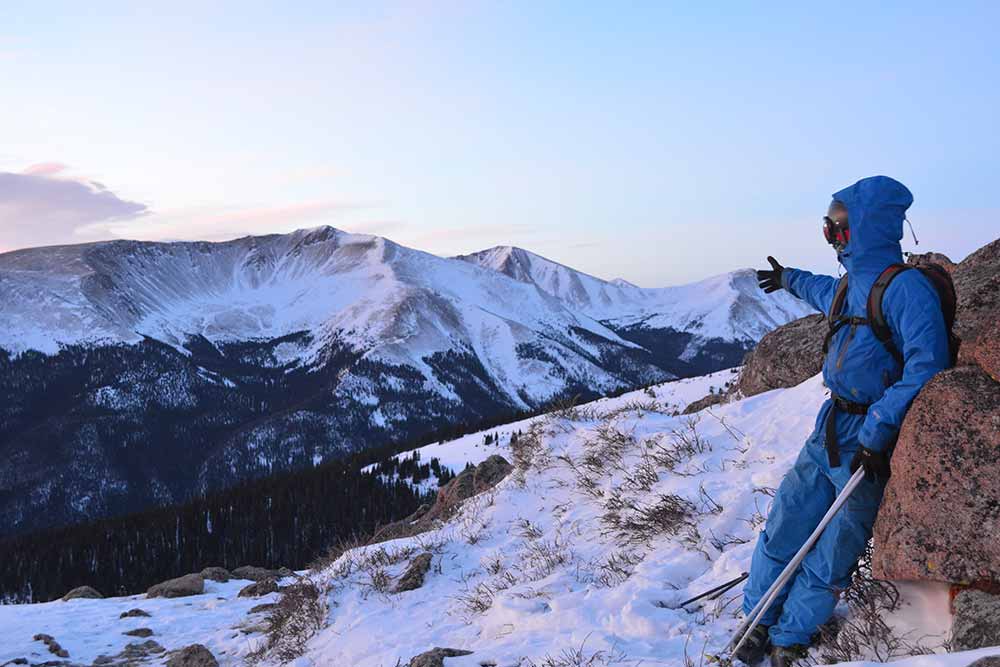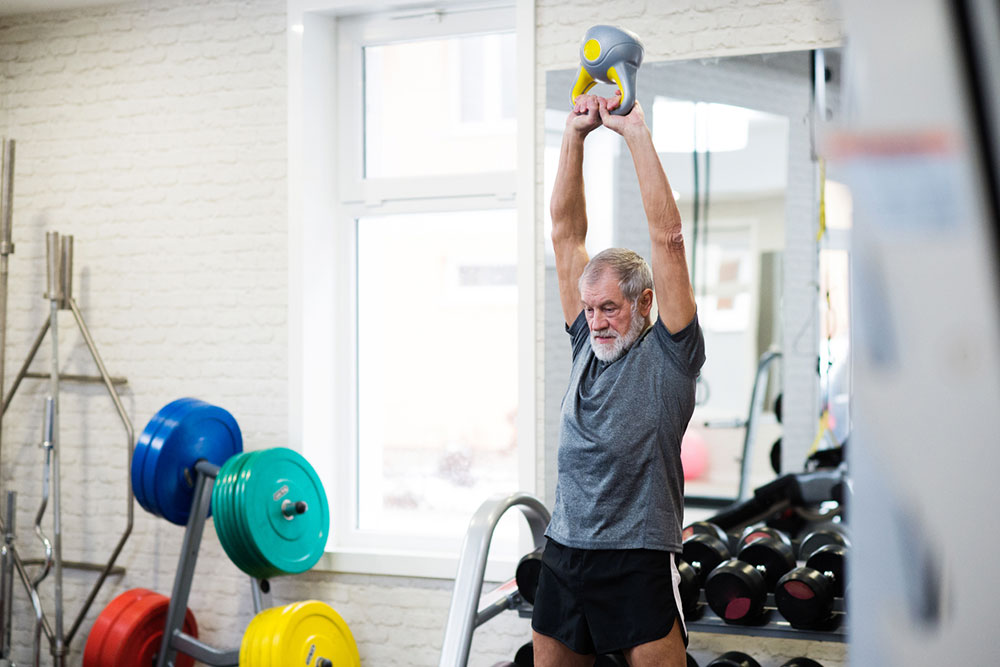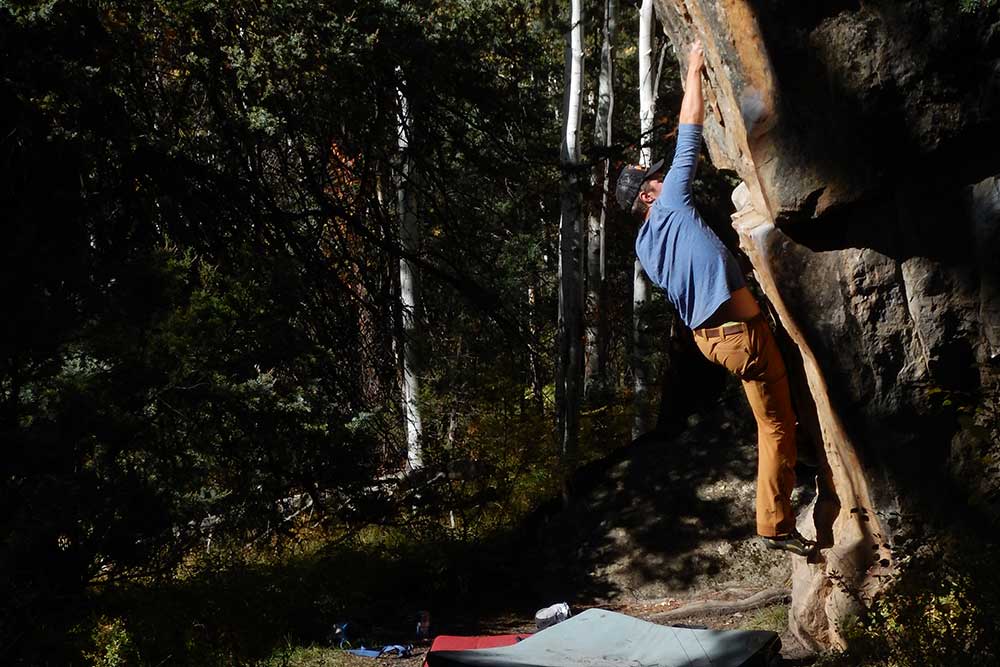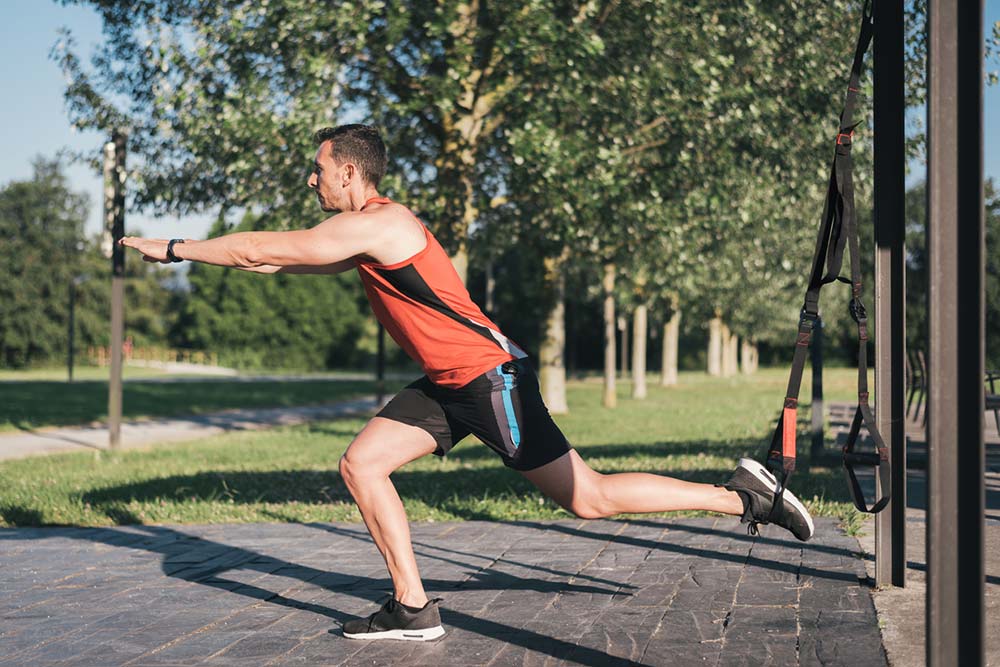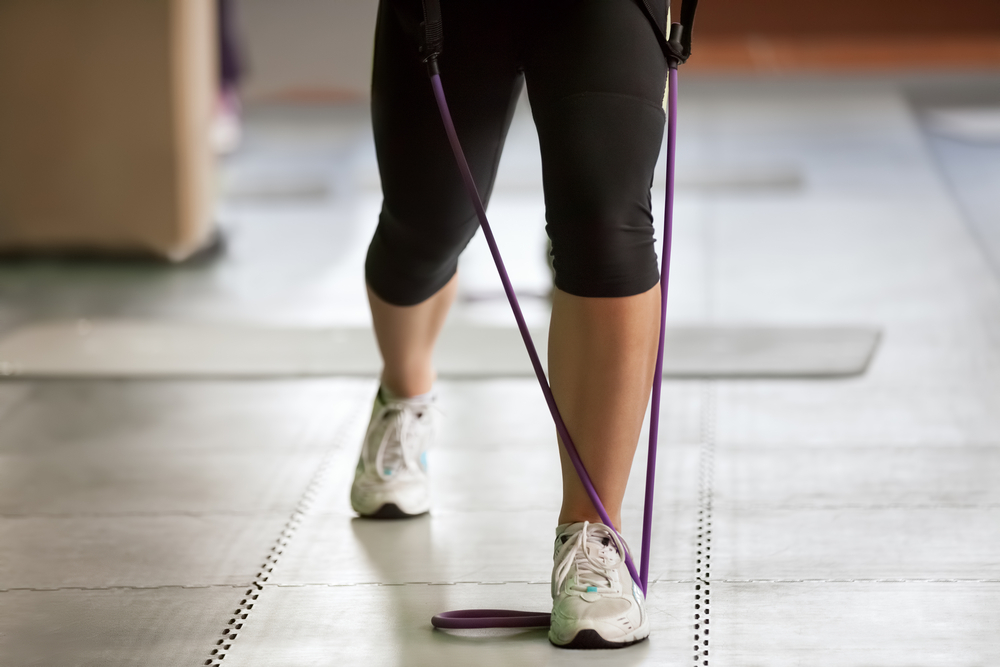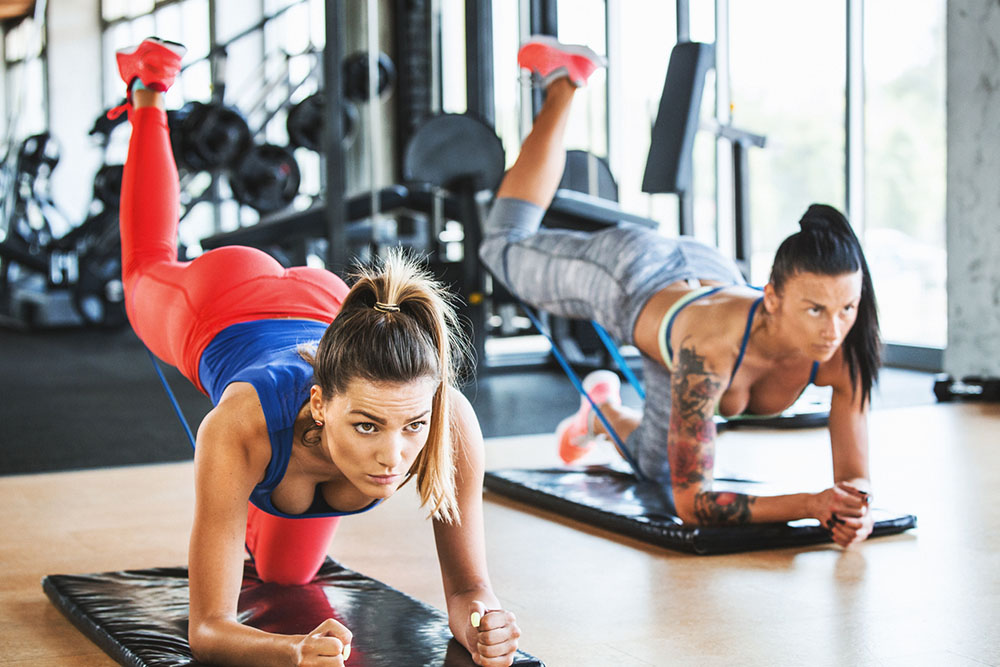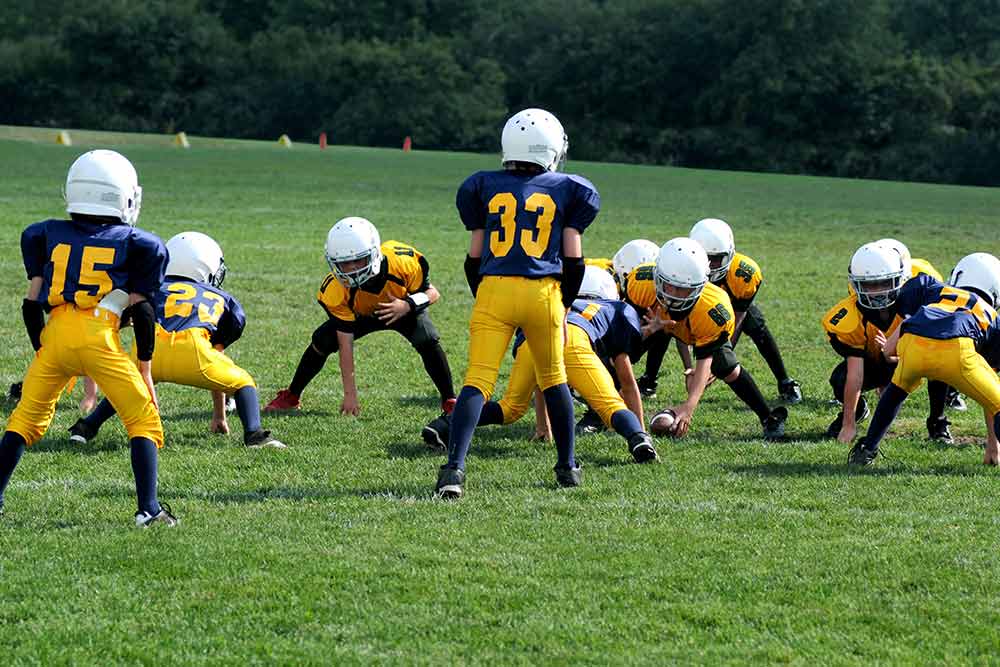Recruit The Glutes: Drills to Engage Glute and Lateral Line
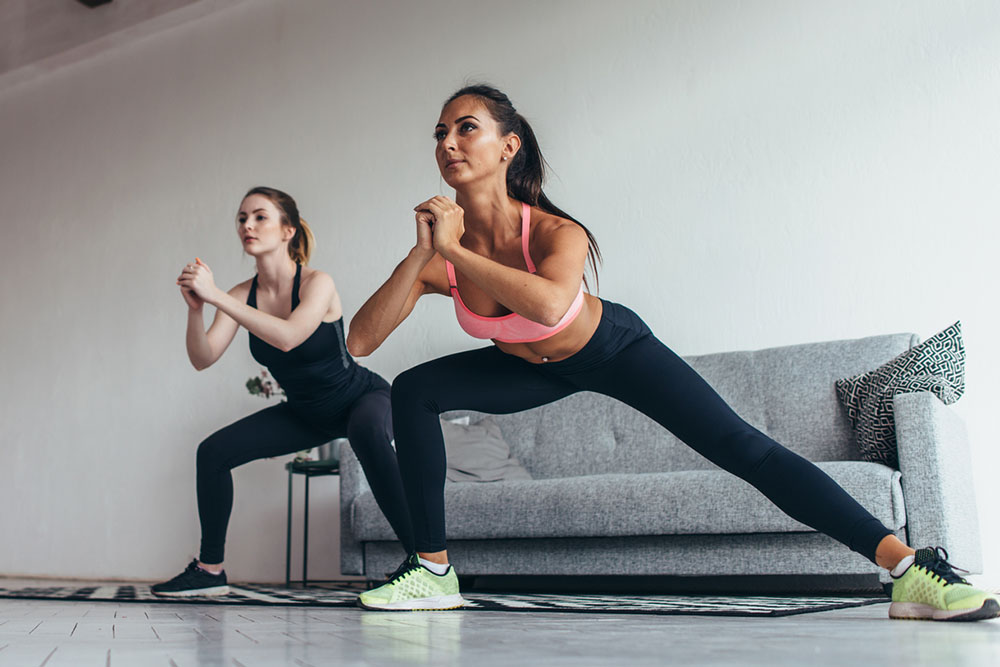
John Barry
Sports Performance Coach
Fusion Physical Therapy and Sports Performance
New York, NY
We’ve all heard how important it is to engage the “glutes” during an exercise. Whether is a squat, lunge, run or jump. It seems easy enough, but I’ve come across a number of people that do not “know how to” get their gluteal musculature to contract during exercise. And when testing someone that claims they feel it in the “glutes”, they have zero to barely any activation. The bad news is that, not activating our gluteal musculature enough, can lead to chronic injuries in the low back, hips, knees, and a decrease in strength and performance. The good news is we can work on getting them to activate and carry the load during specific moves.
To start, let’s explain what “glutes” are. This refers to three muscles: Gluteus Maximus, Gluteus Minimus, and Gluteus Medius. The main roles of these muscles is hip extension, hip abduction, hip external rotation, and hip internal rotation. Each of these muscles work together, with a lot of other hip musculature, to move the hip correctly and efficiently. The hip joint is a very strong and stable, yet multi directional joint. To stay healthy long term, it is important to build and maintain the strength and range of motion of this joint. Adding to the reason that the gluteal muscles are more difficult to engage, is something our society does way to much of. Just about everybody reading this is guilty of it as well. Sitting. Some literature has shown that sitting for prolonged periods of time can atrophy the musculature from the constant pressure of body weight pressing on them. An easy way to avoid this is stand up more often and pay better attention to our posture when we sit. A good test to see if you can contract your gluteal musculature, is if you can contract them while seated and actually feel the muscle your sitting on tighten and lift you up in your chair.
Related Article: Sitting Disease – The New Smoking
Drills and Exercises
Now that we know what we’re dealing with, which drills or exercises can we utilize to get the gluteals pulling their weight. I’m a perfect world, this is where I would mention: squats, deadlifts, lunges, etc. The truth is though, if we can’t get them to engage while laying flat on our back, it’s near impossible to forcefully contract them during a complex movement.
Let’s start there on our back laying supine. Can we “tighten” that muscle and “rise up” off the mat. After we can do this, let’s bend our knees, and dig our heels into the mat. Tighten the gluteals as before and lift the hips up off the ground. Maintain this position for thirty seconds while consistently contracting the gluteal muscles. If we pass this level and are solely feeling tension in our gluteal muscles, let’s do that bridge again, but now extend one leg straight and away from the body once you’ve lifted the hips up. Only one leg should be supporting our body weight at this point and again maintain tension for thirty seconds. Switch sides and compare how each felt and if there was a drastic difference from right to left. If you’re feeling a decent burn, solely in the gluteals, let’s stand up.
These next two movements are a bit more advanced, but can show if you’re ready for more intense exercises. With each of these, if they cannot be performed or “felt” correctly, it is best to seek outside advice. Now that there are a number of moving parts, there could be a breakdown anywhere along the line and would necessitate a different accessory exercise.
My best advice is to start small, with minimal range, and focusing on tightening the gluteals. The cue I find best helps people, is to “sit” into their hip. When initiating movement, lead with the hip moving posterior (backwards) and maintain external rotation of the hip. If done correctly, the shin will stay perfectly vertical and perpendicular to the ground and the knee will point out over the third and fourth toe (count from medial to lateral). The pressure on the foot should be felt on the big toe, outside edge of the foot and heel. Imagine your foot as a tripod. Keep that stable base of contact and completing these next two exercises will be much smoother.
Eccentric step down:
Utilizing a small step, start standing up straight. For a first time trying this, use a strap or band attached to something overhead and in front, to assist in balance. Bring one foot off the step and keep foot dorsiflexed (pointed up to ceiling), very slowly lower to the floor and barely touch. The shin should be perfectly straight up and down and not caving in towards midline. Barely touch the ground with the foot being lowered and pull back up using the gluteal muscles and repeat. If done correctly, the gluteal muscles should get really fired up. As you’re performing the movement, you should have the control to pause and hold at any moment throughout. Complete 8-10 repetitions per set. After it becomes easier, start doing exercise without the strap or band, but don’t lose our form.
Lateral Split Squat:
To properly engage the gluteals, and move more correctly overall, it essential to move laterally (sideways). Our bodies are multi planar, therefore our movement patterns and musculature should move and stabilize in these three planes (sagital, frontal, transverse). The lateral split squat is a great, closes chain, exercise to introduce this movement. Since the foot is fixed to the ground, the hip is what must do the proper movement. Start with feet roughly two times hip width apart. Feet pointed straight ahead. Again, it is best to utilize a strap or band when first attempting this drill. Begin by sitting into the hip on either side. Keep the knee on the opposite leg fully extended. The majority of weight should be felt on the leg of hip that is bending. Just as we’ve said before, keep the shin vertical and knee pointed over the third and fourth toe. Do not try to “win” the exercise and drop down further than your own personal Range of Motion will allow you. We’re using this drill to recruit the gluteals and measure how well we can do so moving laterally. After slowly lowering down, actively tighten the gluteals and “push” floor away. Maintain tension in gluteals and keep knee “pressed” over outside edge of foot. This should cause a heavy “squeeze” in the gluteals as you stand back up completely straight. Repeat for sets of 8-10 reps per side. I prefer to complete one side before switching, this enables us to fatigue the motor units and create a better training effect.
I cannot express how important it is to get our gluteals to function and function properly. After practicing the drills, take the tension that we’ve built up in our gluteals and create the same tension during our more complex movements.
You Might Like:

